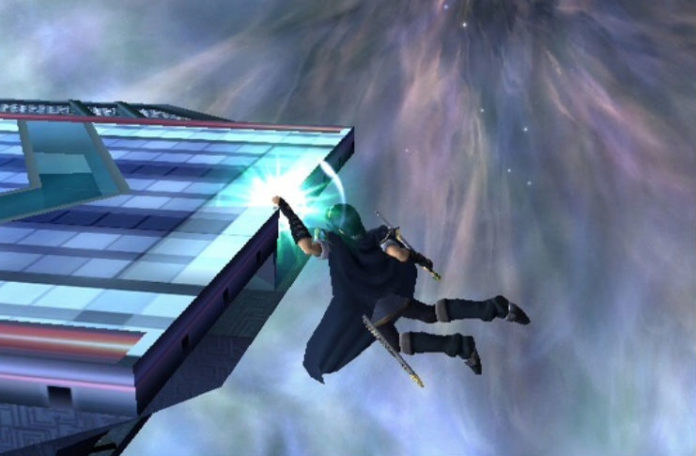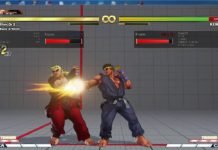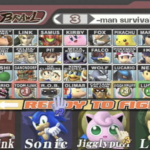No, we’re not talking about the planking fad. If you’ve watched any competitive Super Smash Bros. match in the past few years, you’ve likely heard the term “planking.” and wondered what the hell that refers to. Well, we have got all the answers for you right here!
What Is Planking?
Planking is the act of abusing the invincibility frames that you get every time you grab the ledge in Super Smash Bros. This is most common in Smash 64, Melee and Brawl, where the ledge on each of the legal stages provides ample invincibility frames, and various characters have tools to stall on the ledge indefinitely.
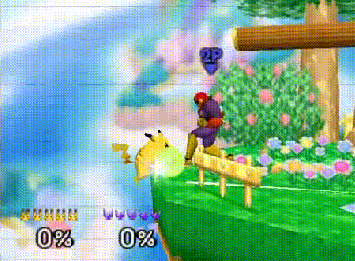
This technique is commonly done by jumping right before the character’s invincibility wears off, and either jumping away to where the opponent can’t hit you, or tossing out an attack to smack them away before regrabbing the ledge. This is done on repeat, either until the planker messes up and self-destructs, the opposing player is able to hit them, or the planker finds their way back onto the stage.
Where Did The Term “Planking” Get Its Name?
Simply put, the term “planking” originates from the smasher Plank, the tournament organizer for the famous Pound tournament series. Plank was a Meta Knight player in the early Brawl meta, and he infamously showcased this technique in a match vs. SK92.
While ledge camping had already been a tactic since Melee, this match gave the technique a name and amplified just how broken the ledges were in Brawl.
Why Is Planking Such A Controversial Tactic?
On its surface, having invincibility on the ledge makes sense, since it gives the person trying to recover a tool so that being on the ledge isn’t an automatic death.
The issue with planking in Melee and Brawl is that the tools available to the player on the ledge are much too powerful for the position they are in. The ledge should be a place where whoever got pushed to the ledge is in a disadvantageous position. Planking turns the tables considerably by abusing the invincibility one gets from the ledge and puts the onus on the attacker to make the first move.
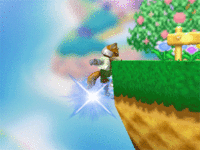
You’re probably wondering “well, if they are constantly having to grab the ledge to regain invincibility, why not just hit them before they regrab?” In theory, this is correct; however, certain characters, such as Pikachu in Smash 64, Jigglypuff in Melee, and Meta Knight in Brawl, have tools available to them (multiple jumps, safe attacks, etc.) that make it incredibly unsafe to try and attack them on the ledge. So not only can certain characters thrive on the ledge even if they are losing; if they have the lead, they can effectively camp the ledge and force you to make high-risk, low reward choices. A small lead can grow exponentially by properly abusing the ledge, and the game’s meta can degenerate into a battle over “who gets the ledge first.”
How Do You Stop Planking?
Planking, unlike other forms of stalling, is harder to put a hard ban on, because you’re not necessarily running away intentionally by planking, and you’re in a somewhat risky position. As a result, different rules have been tried to reduce the emphasis on planking.
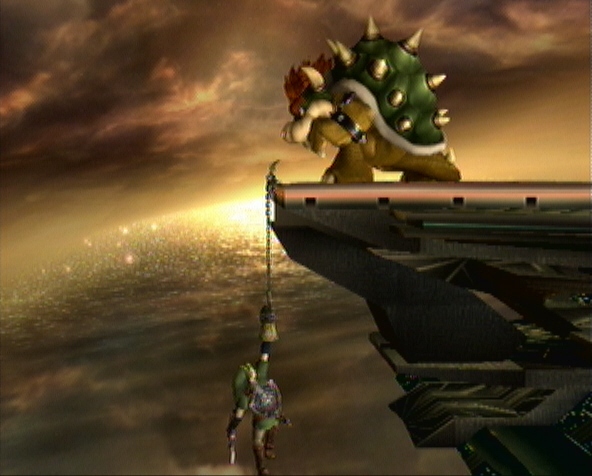
The most commonly used one is a ledgegrab limit: the way it works is that you can only use a certain amount of ledge grabs (for example, 60 ledge grabs in an 8-minute game.) If you surpass that number, you automatically forfeit that game. But this raises concerns of what happens if someone just happened to grab the ledge 60 times with no intention of planking? Well, the common fix for this is that the ledgegrab limit only applies if the game goes to time. Since planking is usually employed as a way of grinding out the opponent slowly, it’s unlikely for a match to go to time unless someone was deliberately planking.
Why Isn’t Planking Common In Smash 4 or Ultimate?
You have to give credit to the developers; they released that the ledge mechanics up until Brawl were a great incentive to planking and ledge stalling.
So starting with Super Smash Bros. for the 3DS (and continuing since then) the ledge works differently: when you first grab the ledge, you have invincibility frames. However, if you drop down, jump away, and regrab the ledge without landing on the stage first, you will have no invincibility frames the next time you grab the ledge; leaving you wide open for a punish. This forces you to choose an option that gets you back into the action, rather than letting you camp the ledge indefinitely. This has generally been seen as a positive fix to the ledge gameplay, although some say that only having one ledge grab removes some of the defensive options at the ledge.
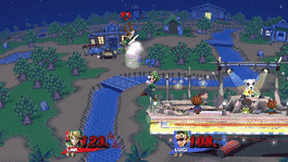
If you’d like to read more about fighting game terminology, check out our glossary!


